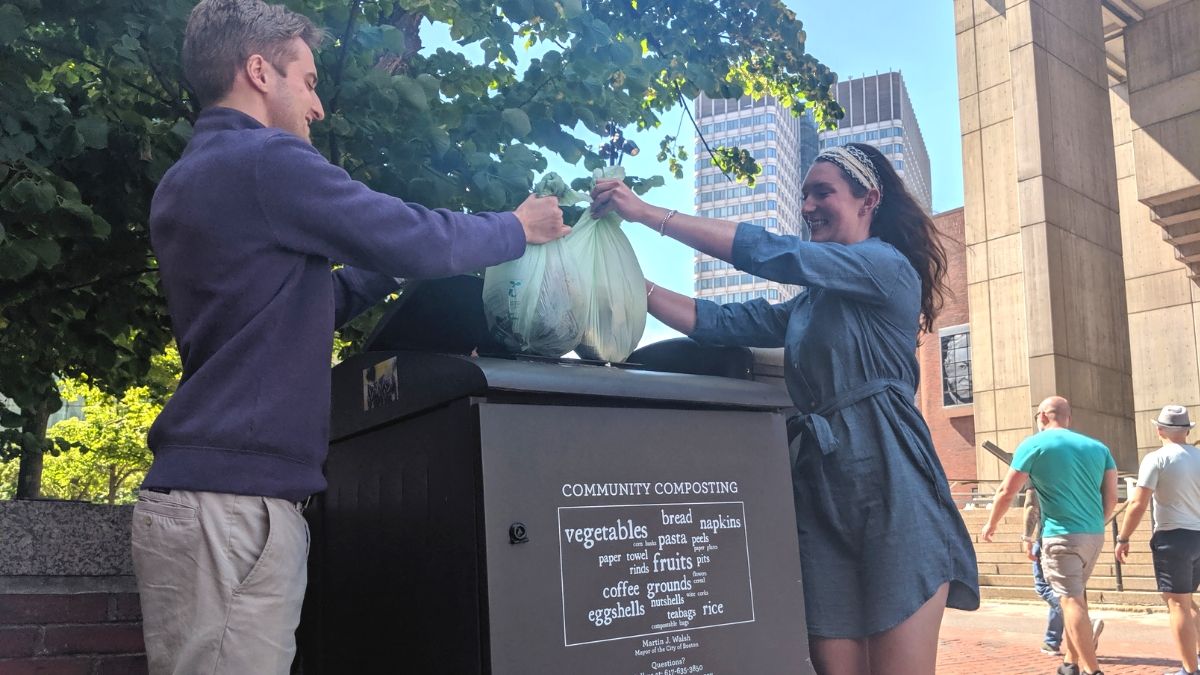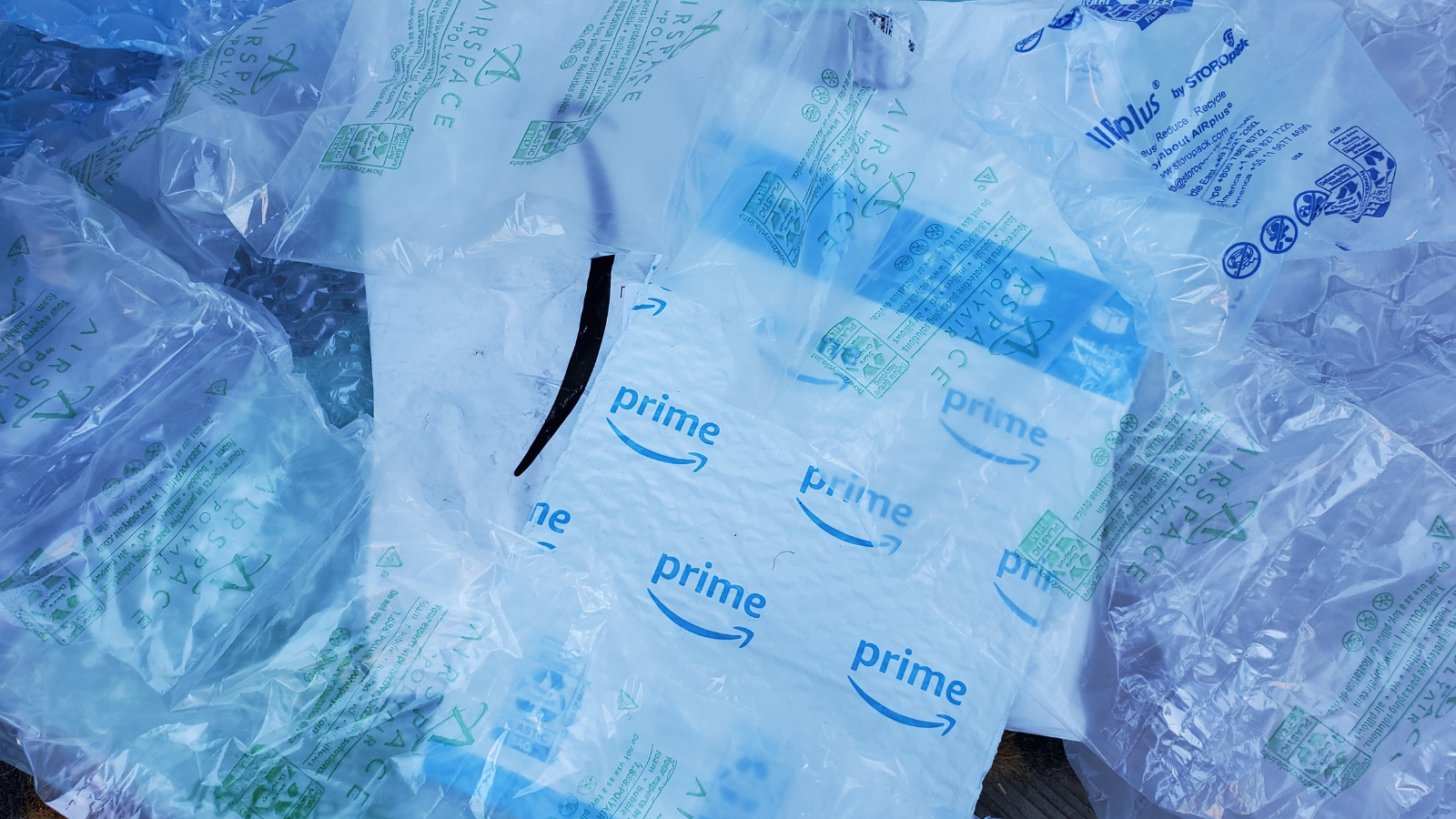
What a waste: At least 30% of trash could be composted instead of buried or burned
Each year, America landfills and incinerates enough organic material to fill a line of 18-wheelers stretching from New York to Los Angeles 10 times over.

Each year, America landfills and incinerates enough organic material to fill a line of 18-wheelers stretching from New York to Los Angeles 10 times over.
On June 13, U.S. PIRG released “Composting in America,” a report by U.S. PIRG Education Fund, which shows that we could be composting at least 30 percent of our waste stream—and in the process pulling more carbon out of the atmosphere, returning more nutrients to our soil, and using fewer toxic chemical fertilizers.
“One person’s trash is another person’s treasure—especially when that trash can be turned into compost,” said Faye Park, president of U.S. PIRG Education Fund. “We constantly say to reduce, reuse and recycle. By reusing food waste and yard waste, we reduce our garbage and the negative impact it has on the earth and our health.”
“With composting, our organic waste—food scraps, paper towels, yard trimmings—could help us instead of hurt us,” said Alex Truelove, Zero Waste campaign director for U.S. PIRG Education Fund.
Photo Caption: Composting all organic waste — including food scraps and yard trimmings — could eliminate nearly one-third of all materials sent to landfills and trash incinerators across the United States. Photo Credit: Staff
Topics
Find Out More


Turning plastic waste into plastic lumber isn’t recycling

Those mini plastic toiletries in your hotel room are a big problem

